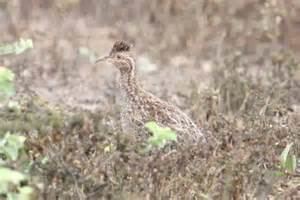Subfamily Nothurinae Higher classification Nothoprocta Order Tinamou | Family Tinamidae Genus Nothoprocta Phylum Chordata Rank Species | |
Similar Taczanowski's tinamou, Black‑capped tinamou, Pale‑browed tinamou, Hooded tinamou, Brazilian tinamou | ||
Curve billed tinamou meaning
The curve-billed tinamou (Nothoprocta curvirostris) is a type of tinamou commonly found in high-altitude grassland and shrubland habitats in the Andes of South America.
Contents
- Curve billed tinamou meaning
- Etymology
- Taxonomy
- Subspecies
- Characteristics
- Behavior
- Range and habitat
- Conservation
- References
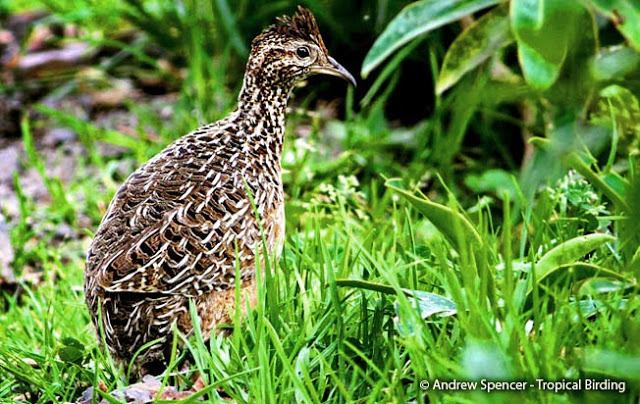
Etymology
Crypturellus is formed from three Latin or Greek words. kruptos meaning covered or hidden, oura meaning tail, and ellus meaning diminutive. Therefore, Crypturellus means small hidden tail.
Taxonomy
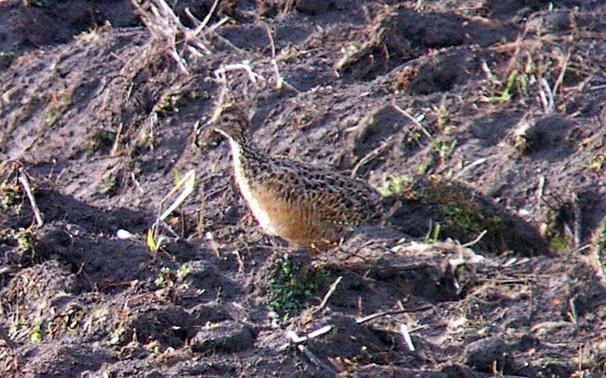
All tinamou are from the family Tinamidae, and in the larger scheme are also ratites. Unlike other ratites, tinamous can fly, although in general, they are not strong fliers. All ratites evolved from prehistoric flying birds, and tinamous are the closest living relative of these birds.
Subspecies
The curve-billed tinamou has two subspecies as follows:
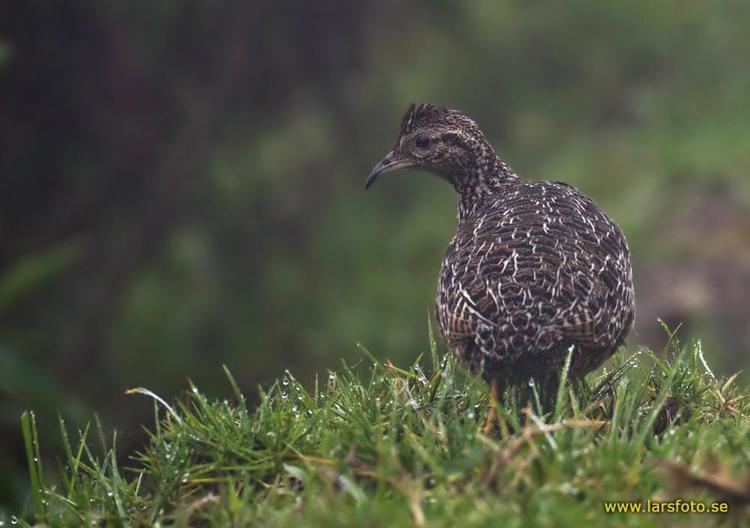
Characteristics
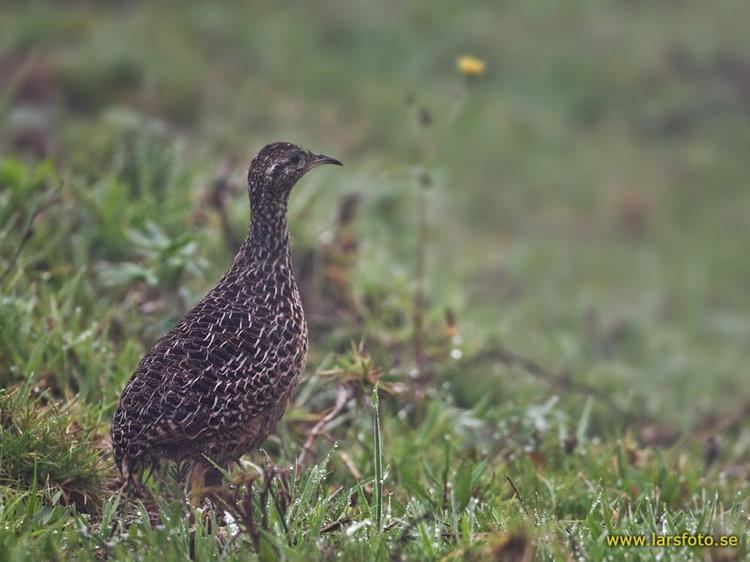
The curve-billed tinamou is approximately 28 cm (11 in) in length. Its upper parts are dark brown streaked with white and spotted with black. Its breast is rufous and spotted with white, its belly is tawny-buff and its crown is black, the sides of its head,and its throat and foreneck are white. Finally, its legs are brown in color.
Behavior

Like other tinamous, the curve-billed tinamou eats fruit off the ground or low-lying bushes. They also eat small amounts of invertebrates, flower buds, tender leaves, seeds, and roots. The male incubates the eggs which may come from as many as 4 different females, and then will raise them until they are ready to be on their own, usually 2–3 weeks. The nest is located on the ground in dense brush or between raised root buttresses.
Range and habitat

This tinamou live in the Andes of central and southern Ecuador and northern and central Peru. It prefers grassland at 2,800 to 3,700 m (9,200–12,100 ft) in altitude. It also can be found in high-altitude shrubland and pasture.
Conservation
The IUCN list this species as Least Concern, with an occurrence range of 30,000 km2 (12,000 sq mi).
